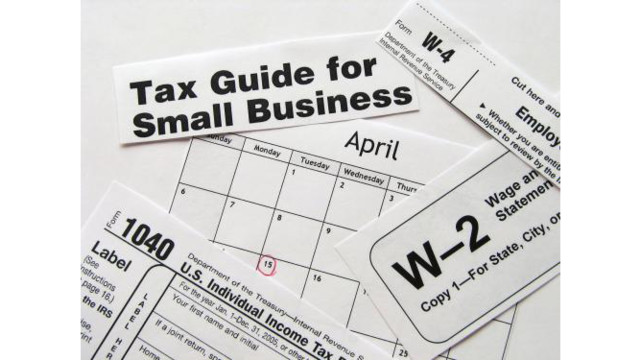Tax Breaks for Small Business Owners: Key Details Outlined by the Illinois CPA Society
Beginning this tax season, the corporate tax rate dropped from 35 to 21 percent. Although many small businesses may benefit from the lower rate, some may pay more because the previous tax rate of 15 percent on the first $50,000 of taxable ...
Mar. 07, 2019

The Illinois CPA Society highlights potential tax deductions that may be available for those who run their own small businesses in or out of their homes.
Lower corporate tax rates – Beginning this tax season, the corporate tax rate dropped from 35 to 21 percent. Although many small businesses may benefit from the lower rate, some may pay more because the previous tax rate of 15 percent on the first $50,000 of taxable income was discontinued. The corporate Alternative Minimum Tax (AMT) also was discontinued, which may result in additional tax savings for small business owners.
New deduction on pass-through business income – For small business owners earning income through pass-through entities (sole proprietorships, single-member LLCs, S corporations and partnerships) a new deduction of up to 20 percent on qualified business income (QBI) may be available. However, a business owner must have taken standard reasonable compensation (a salary similar for someone else to do the same job) from their pass-through entity in order to qualify.
Home office tax deductions – The general rule for claiming the home office deduction is that a designated area in your home must be used exclusively and regularly as a principal place of business. So, if your kitchen also doubles as a home office, it would not qualify. A designated home office space must be used for business on a regular basis – not occasionally.
- The simplified option for calculating a home office deduction is to multiply $5 per square foot of workspace up to a maximum of 300 square feet. So, if your home office den is measured at 17×16 feet (272 square feet), multiply the total square footage by $5 for a total deduction of $1,360. No additional forms are needed with the simplified option.
- A more detailed calculation involves tracking all business-related expenses throughout the year (phone charges, internet line expenses, etc.). Better known as the regular method, it may result in a higher deduction, but taxpayers must also file Form 8829.
Entertainment expense changes – The previous law allowing half the cost of business-related meals and other client entertainment costs (golf fees, sports tickets) as write-offs has been eliminated. However, business owners may still deduct half the cost of meals for business purposes.
Net operating loss (NOL) – Beginning this tax year, NOLs may only offset taxable business income up to 80 percent. NOLs can now be spread out over future years (carried forward) indefinitely, but they may no longer apply to previous tax years (carried back).
Full bonus depreciation write-offs – The 100 percent bonus depreciation tax deduction allows for the entire cost of qualifying assets purchased for a business after September 27, 2017 to be written-off. It also may apply to recently purchased trucks or sport utility vehicles (SUVs) for business – meaning their full costs may be eligible for business tax write-offs. The full bonus depreciation write-off rules are a temporary tax-saving measure for the next five years before the old bonus depreciation tax rules are scheduled to be reinstated.
Partner with a CPA
A CPA can answer your questions, identify the different tax breaks available for small business owners and help create a year-round business financial plan. The Illinois CPA Society has a free “Find a CPA” online directory that allows individuals, businesses and not-for-profit organizations to conduct a simple search for a CPA by location, type of services needed, industries served and language preference.
